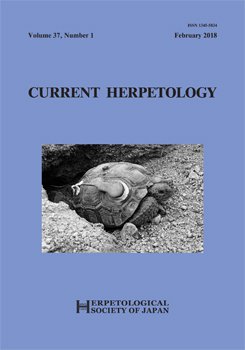Agassiz's desert tortoise (Gopherus agassizii) reaches the southern edge of its range in the Sonoran Desert of California. The reproductive ecology of this wideranging species is understudied here compared to populations in the adjacent Mojave Desert. Understanding potential geographic variation in reproductive ecology is important for effective management of conservation-reliant species like G. agassizii. We studied the fecundity and clutch phenology of female G. agassizii at two study sites in the Sonoran Desert region of Joshua Tree National Park over five years (1997–1999, 2015–2016) spanning two of the strongest El Niño events on record and an epic drought. Across all years, mean clutch size was 4.3±1.5 eggs, mean clutch frequency was 1.78 clutches/female/year, and mean X-ray egg width was 36.51±1.56 mm, all of which are comparable to other published studies both in the Sonoran and Mojave deserts of California. Our results generally support earlier published findings that G. agassizii utilize a bet-hedging strategy of consistently producing small clutches almost every year, even during times of low annual primary productivity. A regionally warmer climate in the Sonoran Desert of California appears to have an effect on the timing of egg production, as the earliest dates of egg visibility in our study (April 6) were approximately two weeks earlier than the earliest dates reported for G. agassizii in the Mojave Desert. Shelled eggs were no longer visible in tortoises after mid-June in all years but the El Niño year 1998, when eggs were visible until mid-July.
How to translate text using browser tools
1 February 2018
Reproductive Output and Clutch Phenology of Female Agassiz's Desert Tortoises (Gopherus agassizii) in the Sonoran Desert Region of Joshua Tree National Park
Jeffrey E. Lovich,
Shellie R. Puffer,
Mickey Agha,
Joshua R. Ennen,
Kathie Meyer-Wilkins,
Laura A. Tennant,
Amanda L. Smith,
Terence R. Arundel,
Kathleen D. Brundige,
Michael S. Vamstad
ACCESS THE FULL ARTICLE

Current Herpetology
Vol. 37 • No. 1
February 2018
Vol. 37 • No. 1
February 2018
bet-hedging
climatic variation
egg size
fecundity
reproductive biology




